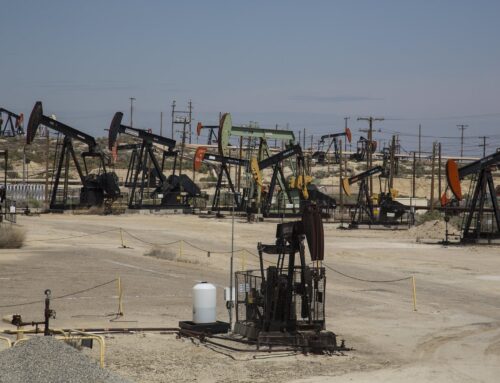Carbon Capture and Storage (or Sequestration, also known as CCS) is an integrated suite of technologies used to capture carbon dioxide (CO2) emitted during power generation and industrial processes instead of releasing it into the atmosphere. CCS is more recently referred to as Carbon Capture, Utilization and Storage (CCUS), with the recognition of captured CO2 uses in manufactured goods and other industrial processes.
The U.S. federal government subsidizes the CCS industry at every step—from federal funding of research, development, and demonstration (RD&D), financing of CCS commercial projects and infrastructure, to the carbon capture and sequestration tax credit (also referred to as 45Q) for when CCS facilities go into operation. From FY2010 to FY2023, Congress provided over $2.8 billion (in nominal dollars) in annual appropriations for CCS RD&D at the Department of Energy (DOE). The American Recovery and Reinvestment Act (ARRA) provided an additional $3.4 billion specifically for CCS demonstration projects until the end of FY2015. In 2008 the 45Q tax credit was created to provide support for CCS facilities once they began capturing carbon. Most recently the credit was expanded in the Inflation Reduction Act (IRA, P.L. 117-169). The 45Q tax credit provides additional subsidy for CCS facilities and has cost taxpayers $1.2 billion from FY2011 to FY2021, according to Joint Committee on Taxation (JCT) estimates.
Read more of the report below or click here to download it.










